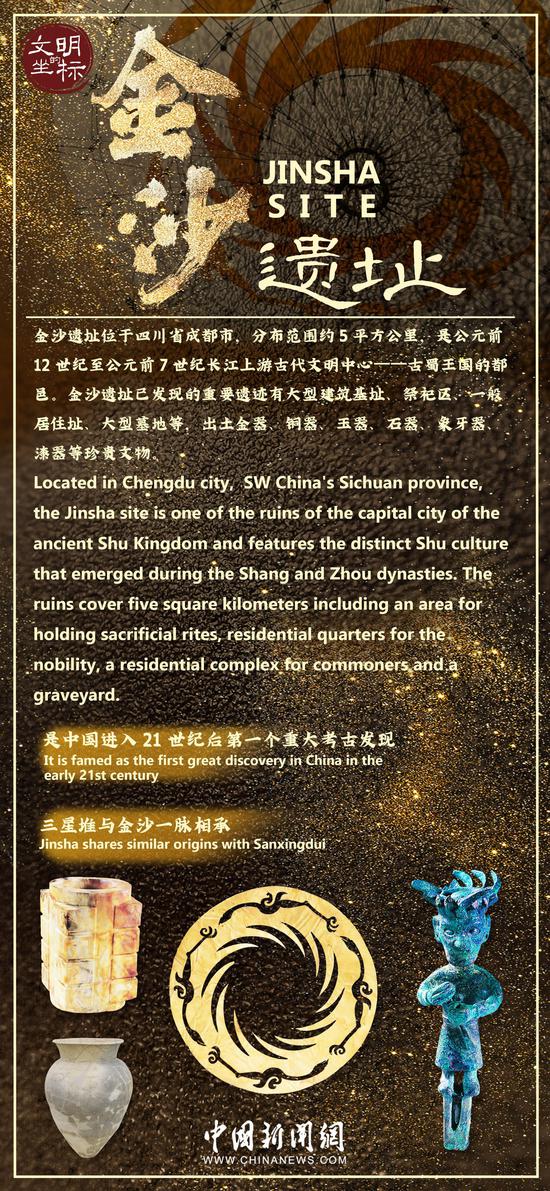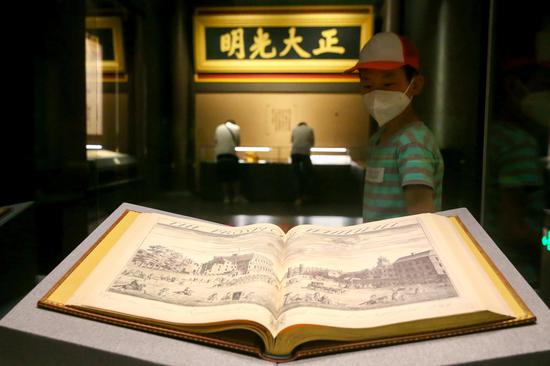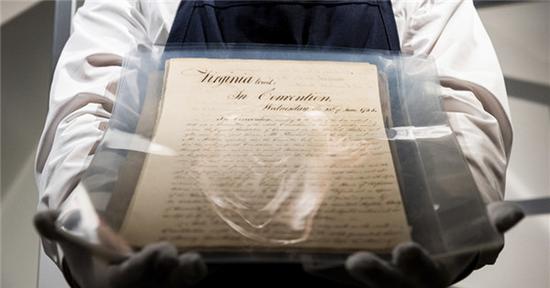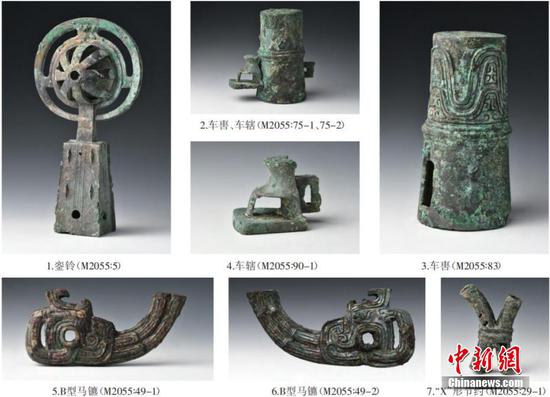(ECNS) -- Bazha clothes were listed in the second batch of representative items of China's national intangible cultural heritage in 2008.
Originating in Shenza County, Naqu City, Tibet Autonomous Region, the clothes convey the story of an ancient Tibetan woman.
According to a legend, Zholmo, the princess of King Gesar, was kidnapped by King Hor. She decided to wear Bazha clothes in a peculiar style to pretend to be insane, which protected her from marrying a vicious king. The huge headdresses on Bazha clothes are made of coral, pearls, gold, silver, etc. The Pulu (Woolen fabric produced in Tibet for making blankets) skirt has a five-color pleated hem. To wear Bazha clothes, one should put on the long skirt first, then the long-sleeved Pulu jacket and waistcoat; after that, one should tie the silk Bangdian (a traditional Tibetan belt) from front to back around the waist. The seashells, yak bones, and various copper accessories hanging on the cowhide belt are the biggest eyecatching part of the clothes.
Nowadays, the image of a girl in Bazha clothes has become the new Influential Property (IP) at Shenza County, and the clothes have become the most gorgeous festival costumes for local women.


















































 京公网安备 11010202009201号
京公网安备 11010202009201号